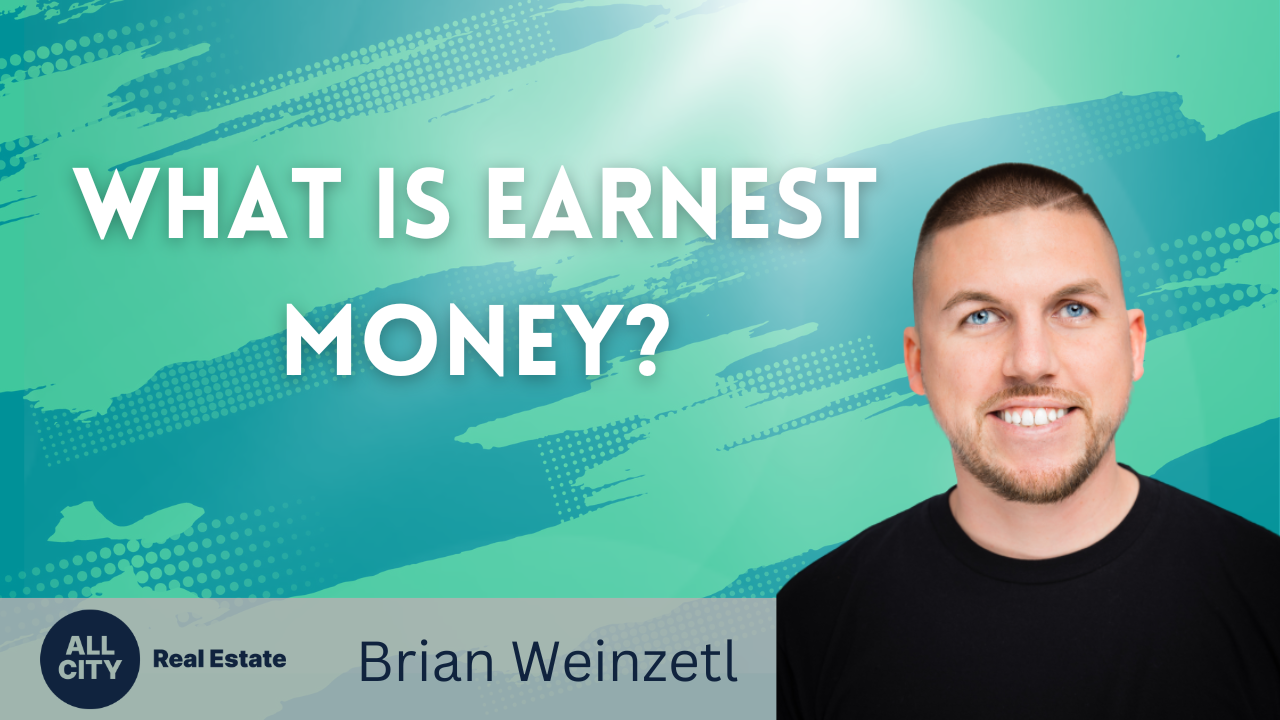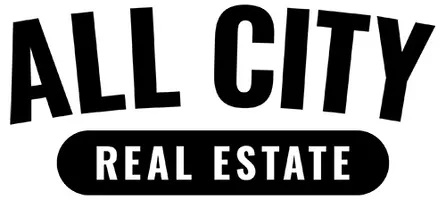What Home Buyers Need to Know About Earnest Money and Option Periods
What Home Buyers Need to Know About Earnest Money and Option Periods
When you’re buying a home, there are two concepts you’ll likely encounter during the process: earnest money and an option period. But what do they mean? How are they different? And how do they fit into the home-buying puzzle? Let's break it down.
What is Earnest Money?
Earnest money is essentially a deposit that you pay to a seller when you enter a contract to buy their property. It shows the seller that you are serious about purchasing the home, and it helps protect both parties in case of any unforeseen issues. The amount of earnest money varies from state to state and depending on the purchase price of the home. Generally speaking, though, earnest money deposits range between 1% and 5% of the purchase price of the home.
What is an Option Period?
An option period is a period of time—usually 3 to 7 days—in which buyers can conduct various inspections on a property before committing to purchasing it. This includes inspections for termites, radon gas, mold, or any other issues that might affect your ability or willingness to buy the house. During this period, buyers can also get estimates for repairs so that they can negotiate further with sellers before entering into an official contract.
Buying a new home doesn't have to be overwhelming if you understand some basic terms like earnest money and option periods. Earnest money deposits show sellers that you're serious about purchasing their property, while an option period gives you time to inspect the property and make sure it's up to your standards before actually signing on the dotted line. Understanding these concepts will help ensure that your home-buying journey goes as smoothly as possible!

Categories
Recent Posts











